

Articles
How To Store Flat Leaf Parsley
Modified: March 14, 2024
Learn the best techniques for storing flat leaf parsley in this informative articles. Keep your parsley fresh longer with these helpful tips.
(Many of the links in this article redirect to a specific reviewed product. Your purchase of these products through affiliate links helps to generate commission for Storables.com, at no extra cost. Learn more)
Introduction
Flat leaf parsley, also known as Italian parsley, is a versatile and vibrant herb that is widely used in cooking. Its fresh and distinct flavor adds depth and complexity to a variety of dishes, making it a must-have in any kitchen. Whether you grow your own parsley or purchase it from a grocery store or farmer’s market, knowing how to store it properly is essential in order to keep it fresh and flavorful for as long as possible.
In this article, we will guide you through the process of choosing and preparing flat leaf parsley, as well as various methods of storing it, including freezing and drying. By following these simple tips and techniques, you can ensure that you always have a stash of fresh parsley on hand, ready to elevate your culinary creations.
Key Takeaways:
- Keep flat leaf parsley fresh by storing it in the refrigerator with water or using an herb keeper, ensuring it stays vibrant for up to two weeks.
- Preserve an abundance of flat leaf parsley by freezing it using the blanching method, making herb cubes, or creating flavorful parsley pesto cubes for future use.
Read more: How To Store Parsley
Choosing and Preparing Flat Leaf Parsley
When it comes to choosing flat leaf parsley, look for bunches that are vibrant green and have crisp, sturdy leaves. Avoid parsley that is wilted, discolored, or has yellowing leaves, as these are signs of age or poor quality. The stems should be firm and not mushy or slimy.
Once you have selected your parsley, it is important to give it a thorough cleaning before using or storing it. Start by removing any rubber bands or ties that may be holding the bunch together. Fill a large bowl or basin with cool water and swish the parsley around to dislodge any dirt or debris. Gently separate the leaves and stems to ensure that all parts of the parsley are thoroughly washed. You may need to repeat this process a few times until the water runs clear.
After washing, pat the parsley dry using a clean kitchen towel or paper towels. Be gentle to avoid bruising or damaging the leaves. If you have a salad spinner, you can also use it to remove excess moisture from the parsley. Simply place the parsley in the spinner basket, give it a few spins, and it will come out dry and ready to use.
Before storing the parsley, you have the option to remove the leaves from the stems, as the stems tend to have a stronger and more bitter flavor. To do this, hold the top of a parsley stem in one hand and run your other hand down the stem, stripping off the leaves. Alternatively, you can tie the stems together with kitchen twine and hang the bunch upside down in a cool, dry place to dry out naturally. This method is often used when drying parsley for long-term storage.
Storing Fresh Flat Leaf Parsley
To keep your fresh flat leaf parsley crisp and flavorful, proper storage is key. Here are a few methods for storing fresh parsley:
- Refrigerator Method: The refrigerator is the most common and convenient place to store fresh parsley. Start by trimming the ends of the stems and place the parsley in a glass or jar filled with about an inch of water. Cover the parsley loosely with a plastic bag and secure it with a rubber band. This creates a mini-greenhouse effect, preserving the moisture and preventing wilting. Store the parsley in the refrigerator, changing the water every few days to keep it fresh. With this method, you can expect the parsley to stay fresh for up to two weeks.
- Herb Keeper: If you frequently use fresh herbs, investing in an herb keeper can be a great option. These specially designed containers provide the ideal air circulation and moisture control to keep herbs like parsley fresh for longer. Simply trim the ends of the stems, place the parsley in the herb keeper, and store it in the refrigerator.
- Cutting and Wrapping: Another method to store fresh parsley is by cutting off the bottom part of the stems and wrapping the parsley loosely in a damp paper towel. Place the bundle inside a plastic bag, seal it, and store it in the refrigerator. The damp paper towel helps maintain moisture and freshness. However, keep in mind that this method may not keep the parsley as fresh for as long as the previous methods mentioned.
Regardless of the method you choose, it’s important to check the parsley periodically for any signs of wilting or spoiling. Remove any yellowing or decaying leaves to ensure that the rest of the parsley stays fresh.
By storing fresh flat leaf parsley properly, you can extend its shelf life and continue to enjoy the vibrant flavors and aromas it adds to your meals.
Freezing Flat Leaf Parsley
If you have an abundance of flat leaf parsley that you want to preserve for a longer period, freezing is a great option. Freezing parsley allows you to retain its vibrant color and fresh flavor for future use. Here’s how you can freeze flat leaf parsley:
- Blanching Method: Start by washing the parsley and patting it dry. Next, bring a pot of water to a boil and prepare an ice bath in a separate bowl or basin. Submerge the parsley into the boiling water for about 5-10 seconds, then quickly transfer it to the ice bath to halt the cooking process. Once the parsley is cooled, remove it from the ice bath and gently squeeze out any excess water. Chop the parsley finely or leave it as whole leaves, depending on your preference. Place the chopped or whole parsley into airtight freezer bags or containers, removing as much air as possible. Label and date the bags or containers, and place them in the freezer. Frozen parsley can typically be stored for up to 6 months using this method.
- Herb Cubes: Another convenient method for freezing parsley is by making herb cubes. Start by washing the parsley, removing the stems, and chopping it finely. Fill each compartment of an ice cube tray halfway with the chopped parsley. Pour olive oil or water over the parsley, filling each compartment to the top. Freeze the herb cubes until solid, then transfer them to a freezer bag. Whenever you need parsley for a recipe, simply pop out a cube and add it directly to your dish.
- Parsley Pesto: If you’re looking for a creative way to freeze flat leaf parsley, consider making a parsley pesto. In a food processor, combine the parsley with garlic, nuts (such as pine nuts or walnuts), Parmesan cheese, olive oil, and a pinch of salt and pepper. Blend until smooth, then transfer the pesto into ice cube trays. Freeze the cubes until solid, then transfer them to a freezer bag. Parsley pesto cubes can be a flavorful addition to pasta sauces, soups, or dressings.
When using frozen parsley, there’s no need to thaw it beforehand. Simply add the frozen parsley directly to your dishes during cooking, as the heat will quickly defrost and incorporate the herb. Frozen parsley is best used in cooked dishes rather than raw applications, as the texture changes after freezing.
By freezing flat leaf parsley, you can enjoy its vibrant flavor and aroma even when it’s out of season, ensuring that you always have a stash of fresh herbs at your fingertips.
Store flat leaf parsley by wrapping it in a damp paper towel and placing it in a resealable plastic bag in the refrigerator. This will help keep it fresh for up to a week.
Drying Flat Leaf Parsley
If you prefer a longer-term storage method for flat leaf parsley, drying is a great option. Dried parsley retains its flavor and can be easily crumbled or ground for use in various recipes. Here are a few methods for drying flat leaf parsley:
- Air Drying: This is the most traditional and simple method of drying parsley. Gather a bunch of parsley stems and tie them together with kitchen twine. Hang the bunch upside down in a cool, dry place with good air circulation. The ideal drying location is a well-ventilated room or an area with few temperature fluctuations. Allow the parsley to air dry for a couple of weeks until the leaves are completely dry and brittle. Once dry, gently remove the leaves from the stems and store them in an airtight container away from direct sunlight. Air-dried parsley can retain its flavor for up to a year.
- Oven Drying: If you want to expedite the drying process, you can use an oven to dry parsley. Preheat your oven to its lowest setting. Place the parsley leaves on a baking sheet lined with parchment paper, making sure they are spread out in a single layer. Put the baking sheet in the oven and leave the oven door slightly open to allow moisture to escape. Monitor the parsley closely and rotate the baking sheet every 15 minutes to ensure even drying. It may take 1-2 hours for the leaves to dry completely. Once dry, remove the leaves from the stems and store them in an airtight container.
- Food Dehydrator: If you have a food dehydrator, it can be a convenient tool for drying parsley. Simply remove the leaves from the stems and spread them out in a single layer on the dehydrator trays. Set the dehydrator to the appropriate temperature (around 95°F/35°C) and let it run for several hours until the parsley is completely dry and brittle. Remove the dried parsley from the trays and store it in an airtight container away from light and moisture.
Regardless of the drying method you choose, it’s important to ensure that the parsley is fully dry before storing it. Any remaining moisture can lead to mold and spoilage. Also, keep in mind that the flavor of dried parsley is more concentrated than fresh, so you may need to use less when cooking.
By drying flat leaf parsley, you can have a readily available supply of this flavorful herb even when it’s out of season, adding a burst of freshness to your dishes year-round.
Read more: How To Store Italian Parsley
Storing Dried Flat Leaf Parsley
Once you have dried your flat leaf parsley, it is important to store it properly to maintain its quality and flavor. Here are a few tips for storing dried parsley:
- Airtight Containers: Transfer the dried parsley leaves into airtight containers such as glass jars or resealable plastic bags. Make sure the containers are clean and dry before adding the parsley to prevent moisture from seeping in. If you are using glass jars, choose ones with tight-fitting lids to ensure maximum freshness. Label the containers with the date of drying to keep track of its shelf life.
- Cool and Dark Storage: Store the sealed containers of dried parsley in a cool and dark place, away from direct sunlight and heat. Exposure to light and high temperatures can degrade the quality of the herb and cause loss of flavor. A pantry or cupboard is an ideal storage location.
- Moisture Absorbers: To further protect your dried parsley from moisture, you can include moisture absorbers such as silica gel packets or rice in the storage containers. These will help maintain the dryness of the herb and prevent it from clumping or spoiling due to moisture absorption.
- Check for Freshness: Periodically check the stored dried parsley for any signs of moisture or spoilage. If you notice any clumps, mold, or a musty smell, discard the herbs immediately.
Properly stored dried flat leaf parsley can retain its flavor and potency for up to a year. However, its flavor will gradually diminish over time, so for the best results, it is advisable to use dried parsley within 6-8 months.
When using dried parsley in recipes, crumble or grind the leaves between your fingers or use a mortar and pestle to release their flavors before adding them to your dishes. Keep in mind that dried parsley has a more concentrated flavor compared to fresh, so you may need to adjust the quantity accordingly.
By following these storage guidelines, you can enjoy the vibrant flavor and aroma of dried flat leaf parsley in your culinary creations, enhancing the taste and presentation of your dishes even during the off-season.
Using Stored Flat Leaf Parsley
Stored flat leaf parsley can be a versatile and flavorful addition to a wide range of dishes. Here are some creative ways to make the most of your stored parsley:
- Culinary Enhancer: Dried parsley can be incorporated into various recipes as a culinary enhancer. Add a sprinkle of dried parsley to soups, stews, sauces, marinades, and dressings to add a burst of freshness and color. It works well with other herbs and spices, enhancing the overall flavor profile of the dish.
- Herb Butter: Infuse butter with dried parsley for a delightful herb butter that can be used to elevate the flavors of bread, vegetables, and grilled meat. Soften unsalted butter and mix it with dried parsley, along with other herbs such as garlic, thyme, or oregano. Shape the butter into a log or use silicone molds for individual portions. Chill the herb butter until firm and slice as needed.
- Pasta and Rice Dishes: Sprinkle dried parsley over pasta or rice dishes just before serving to add a pop of color and fresh flavor. It complements a wide range of pasta dishes, including pasta salads, creamy Alfredo, or tomato-based sauces. Simply toss in the dried parsley and toss to distribute evenly.
- Herb Rubs: Create homemade herb rubs using dried parsley, along with other herbs and spices. These rubs can be used to season meats, poultry, or vegetables before grilling, roasting, or sautéing. Combine dried parsley with garlic powder, onion powder, paprika, salt, and pepper for a versatile blend that adds depth of flavor.
- Baked Goods: Dried parsley can be used in savory baked goods such as bread, biscuits, or savory scones. Incorporate it into the dough or sprinkle it on top before baking for an added burst of flavor. It pairs well with other herbs like rosemary or thyme and can give a delicious twist to your baked treats.
- Garnish: Use dried parsley as a garnish to enhance the visual appeal of your dishes. Sprinkle it over cooked meats, roasted vegetables, mashed potatoes, or creamy soups to add a vibrant touch and a hint of herbaceous freshness.
Remember, when using dried parsley, it is essential to start with a smaller quantity and adjust according to your taste preferences. Dried herbs have a more concentrated flavor compared to fresh, so a little goes a long way.
Stored flat leaf parsley provides a convenient way to incorporate the herb into your culinary repertoire, ensuring that you always have a touch of freshness and flavor at your fingertips.
Conclusion
Flat leaf parsley, with its vibrant flavor and versatility, is a valuable herb to have in the kitchen. Properly storing fresh parsley, as well as knowing how to freeze, dry, and store it, allows you to extend its shelf life and enjoy its goodness for a longer period of time. By following the tips outlined in this article, you can ensure that your flat leaf parsley remains fresh, flavorful, and ready to enhance your culinary creations.
When choosing flat leaf parsley, look for vibrant green leaves and sturdy stems. Properly clean and dry the parsley before storing it, and consider removing the stems or drying them separately if desired. For fresh parsley, storing it in the refrigerator with water or using an herb keeper can help preserve its freshness for up to two weeks.
If you have an abundance of flat leaf parsley, freezing is a great option. Blanching the parsley or making herb cubes can help you maintain its vibrant color and flavor for future use. Drying parsley is another method that allows you to preserve its flavor in a dried form. Whether air drying, oven drying, or using a food dehydrator, ensure that the parsley is fully dried and store it in a cool, dark place in airtight containers.
When it’s time to use your stored parsley, unleash your creativity by incorporating it into a variety of dishes. From soups and sauces to marinades and baked goods, dried parsley adds a burst of freshness and enhances the overall flavor of your culinary creations. Don’t forget to use it as a garnish to add a pop of color and visual appeal to your dishes.
In conclusion, knowing how to properly store flat leaf parsley and utilizing it in various ways ensures that you can enjoy its vibrant flavor and aroma even when it’s out of season. So, stock up on this versatile herb and let it elevate your cooking to new heights!
Frequently Asked Questions about How To Store Flat Leaf Parsley
Was this page helpful?
At Storables.com, we guarantee accurate and reliable information. Our content, validated by Expert Board Contributors, is crafted following stringent Editorial Policies. We're committed to providing you with well-researched, expert-backed insights for all your informational needs.
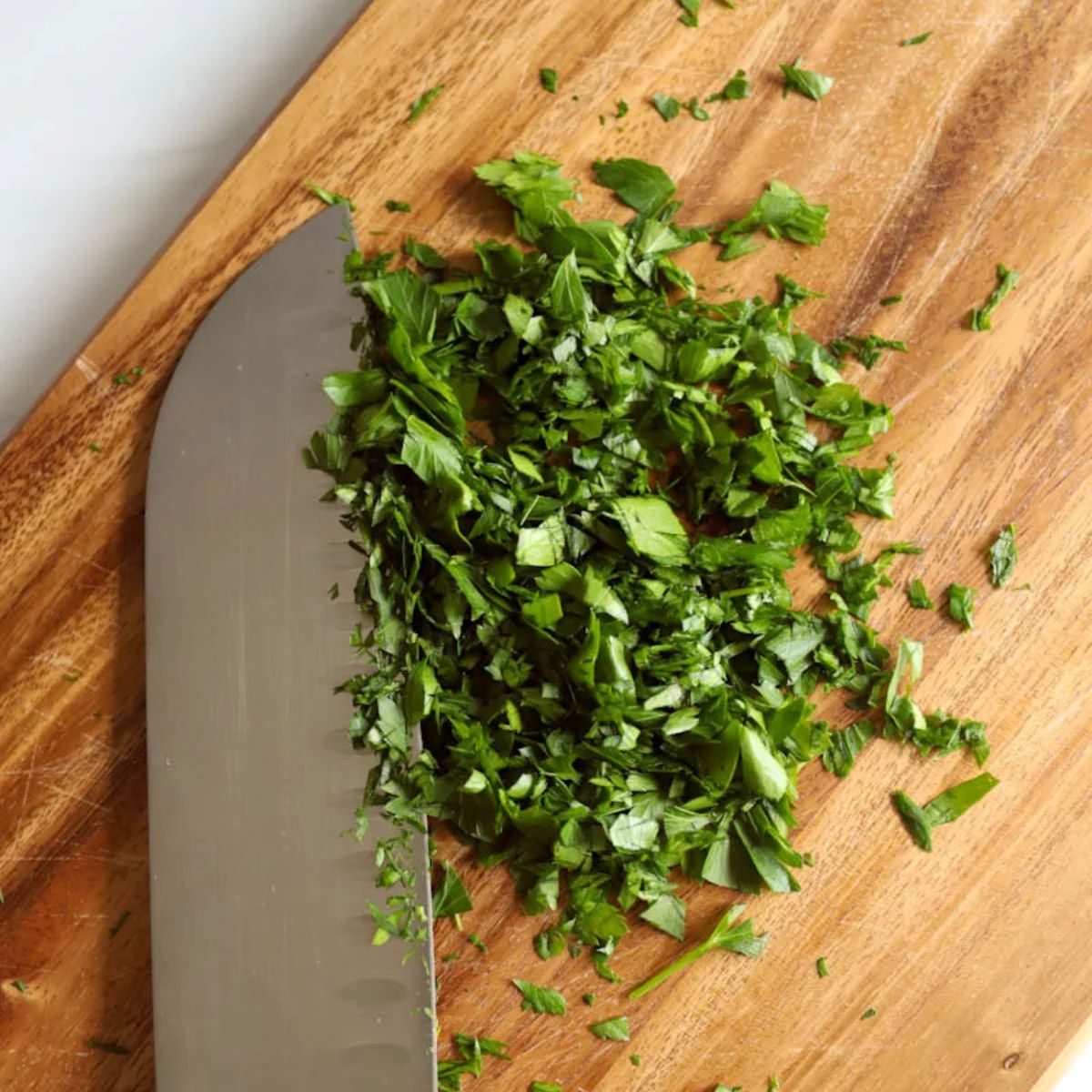
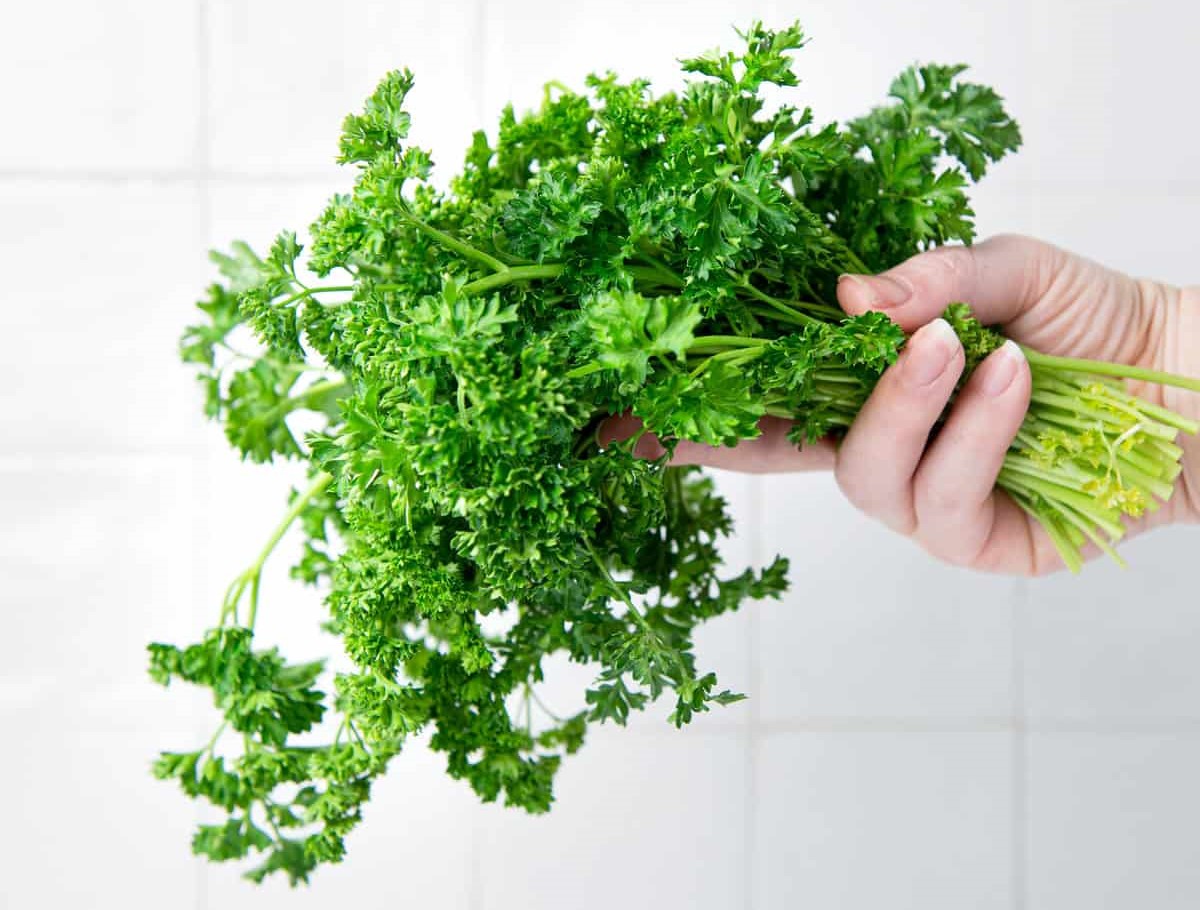
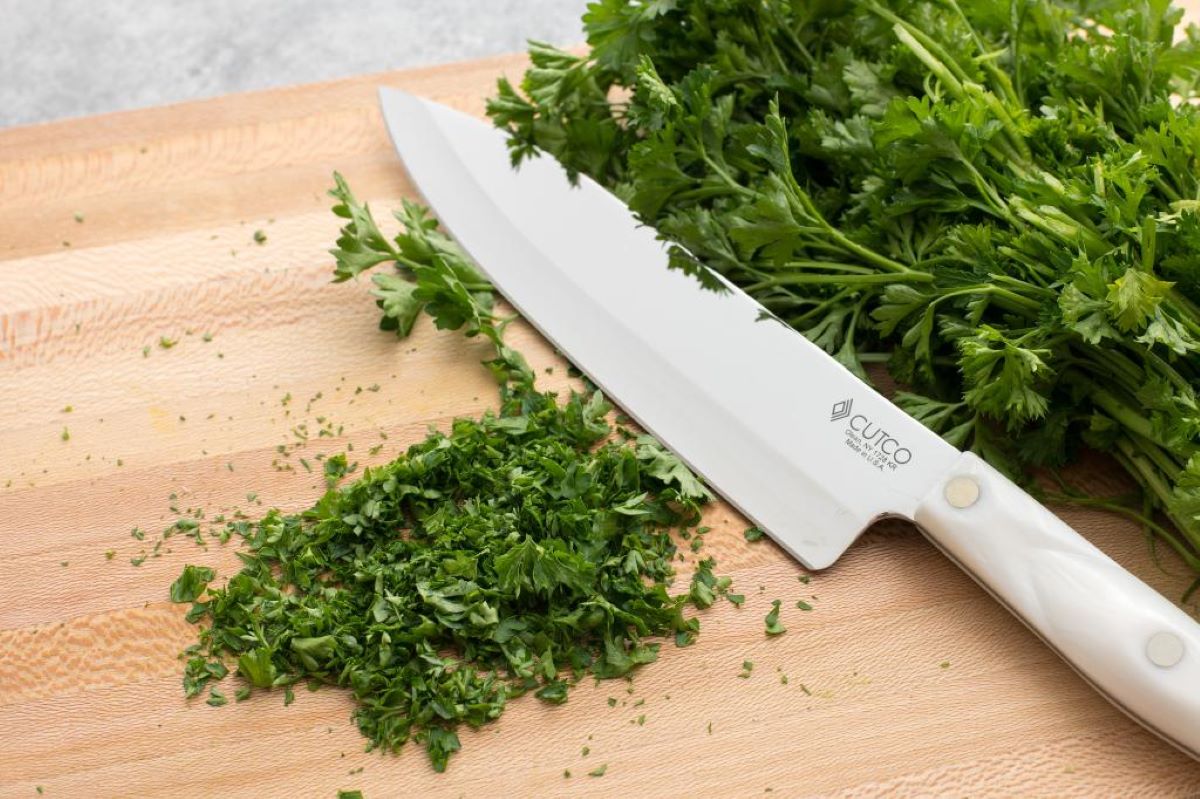
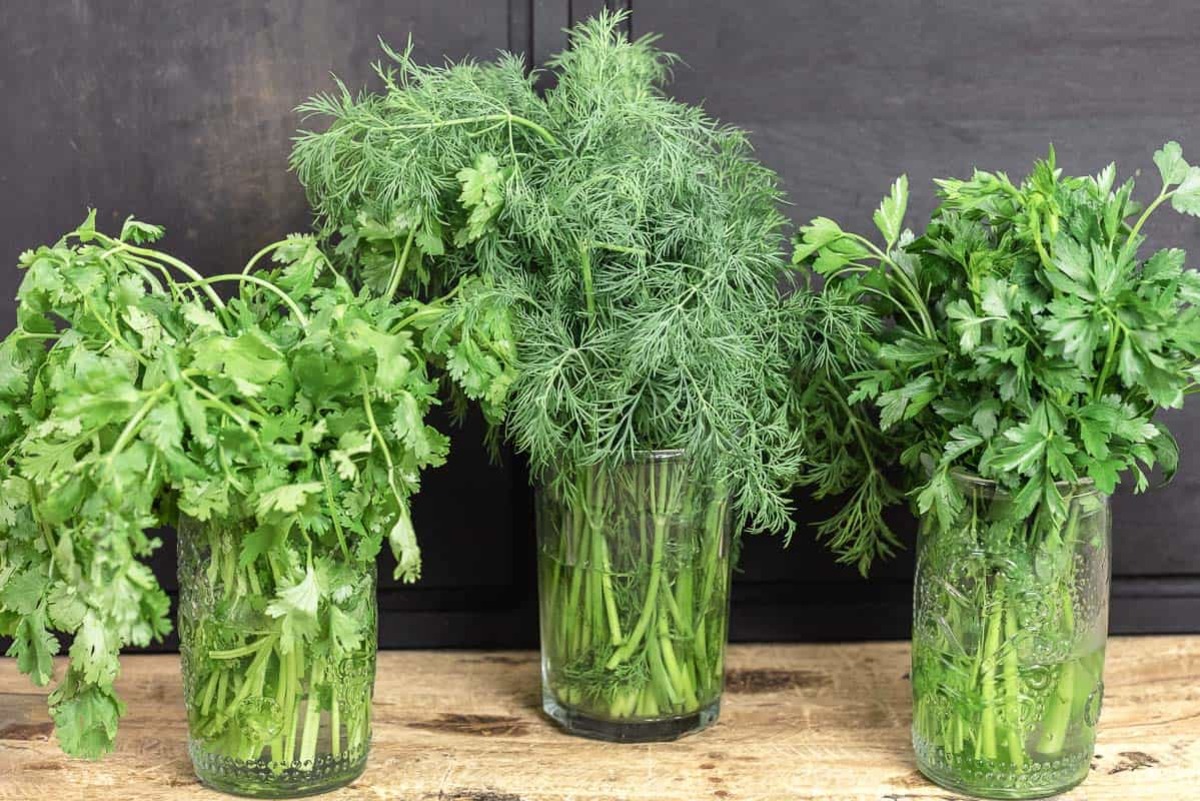
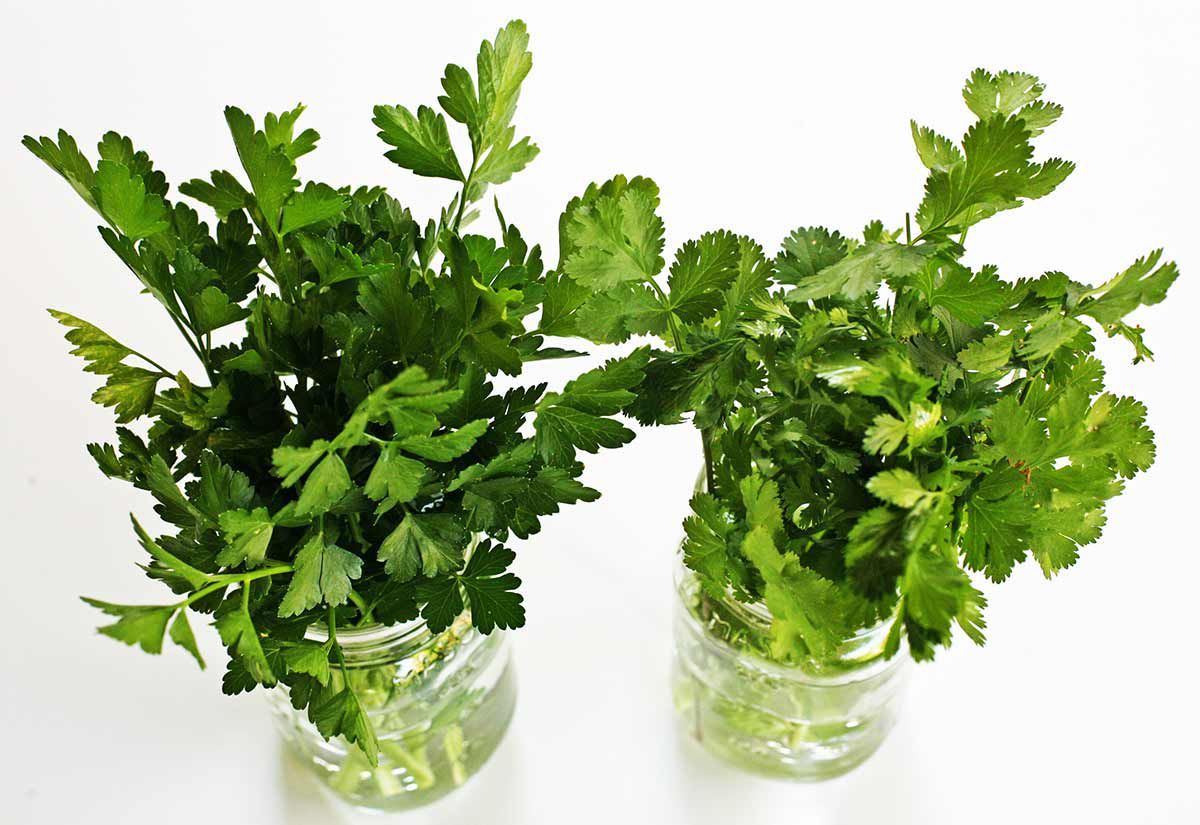

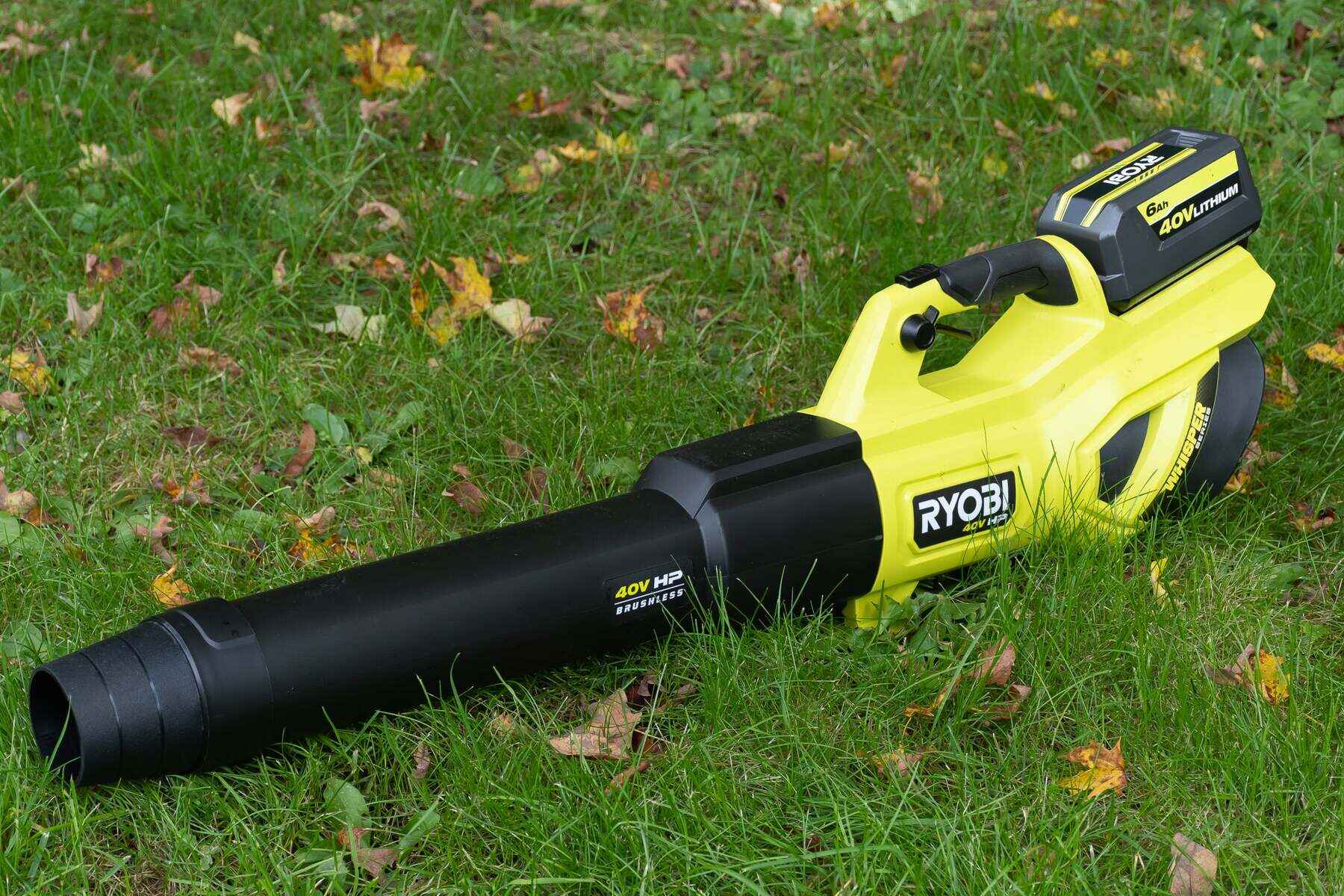

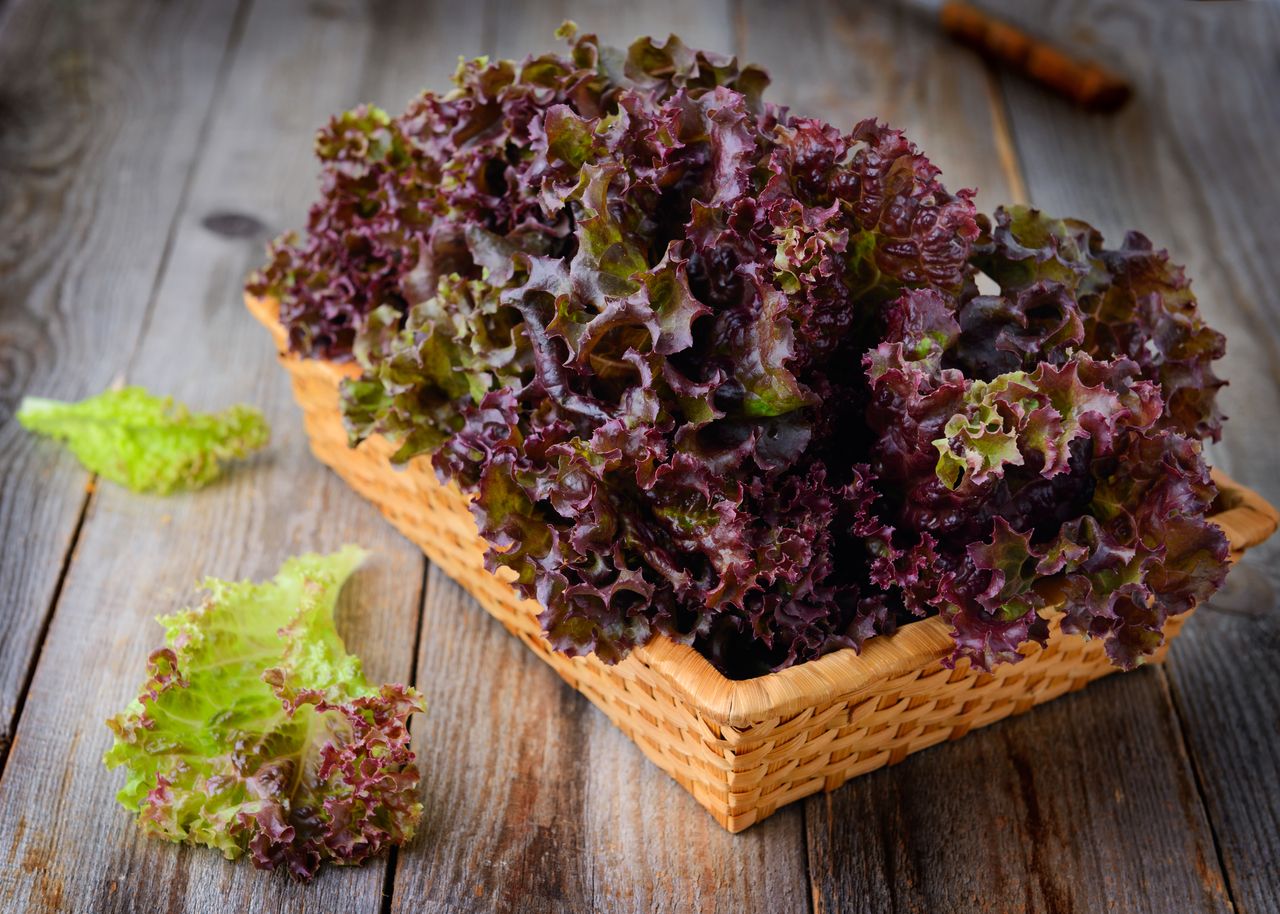
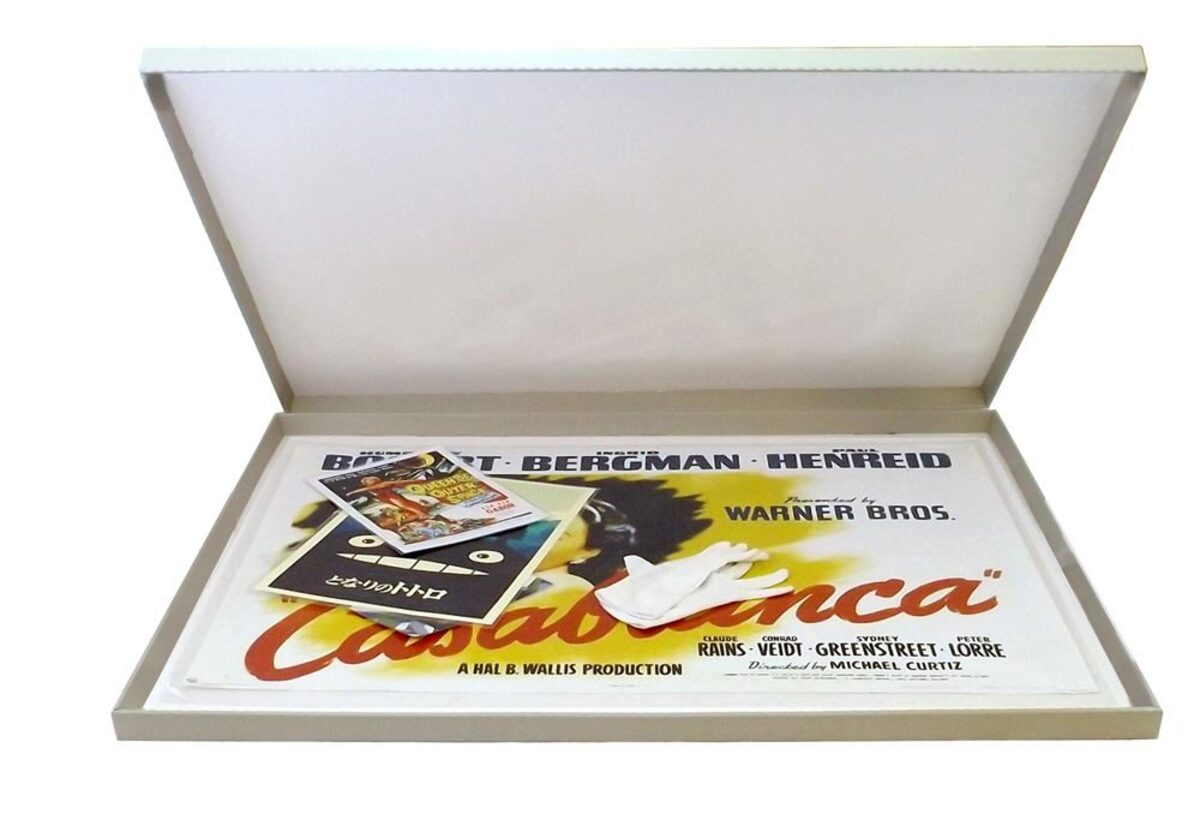
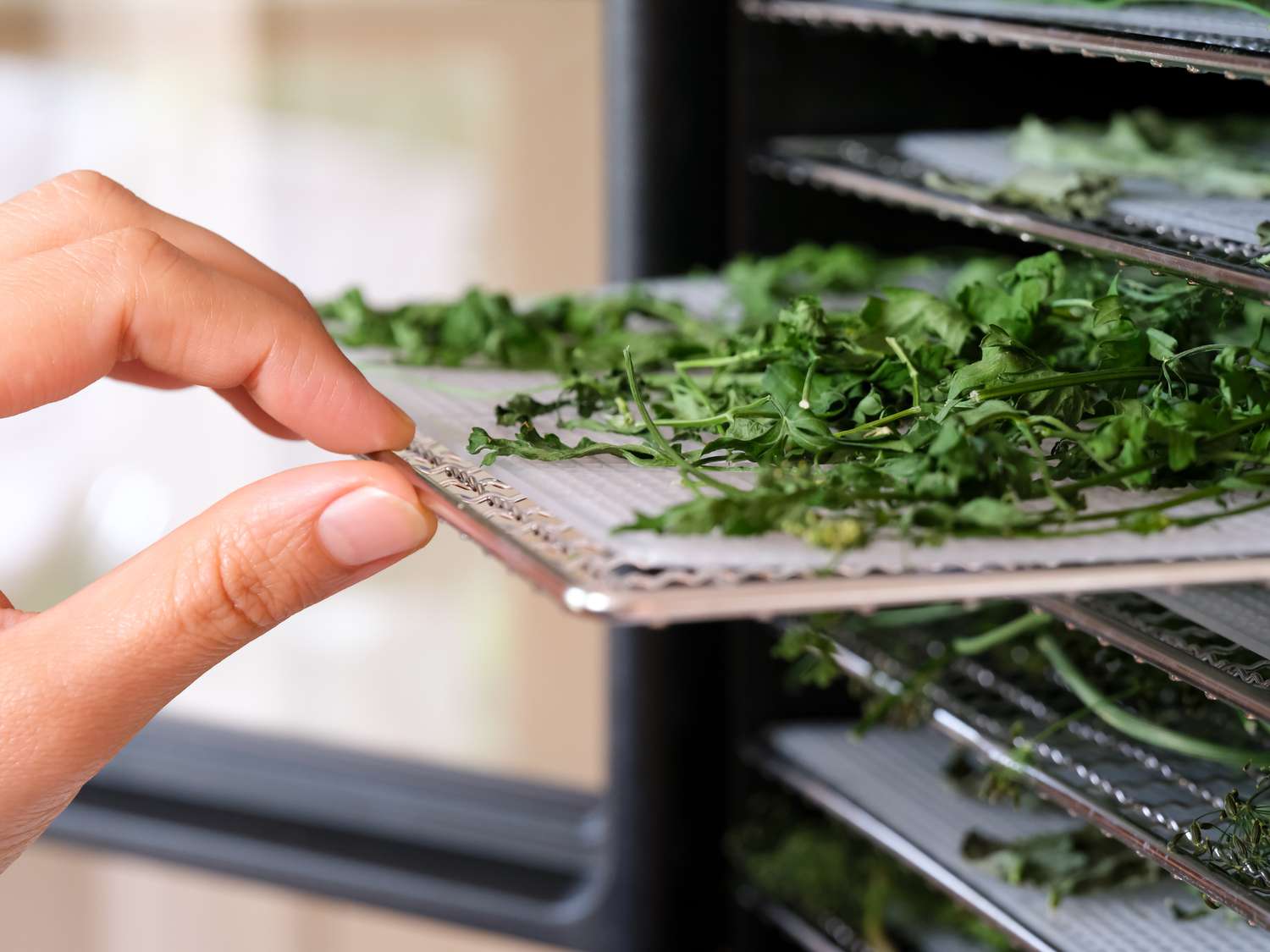
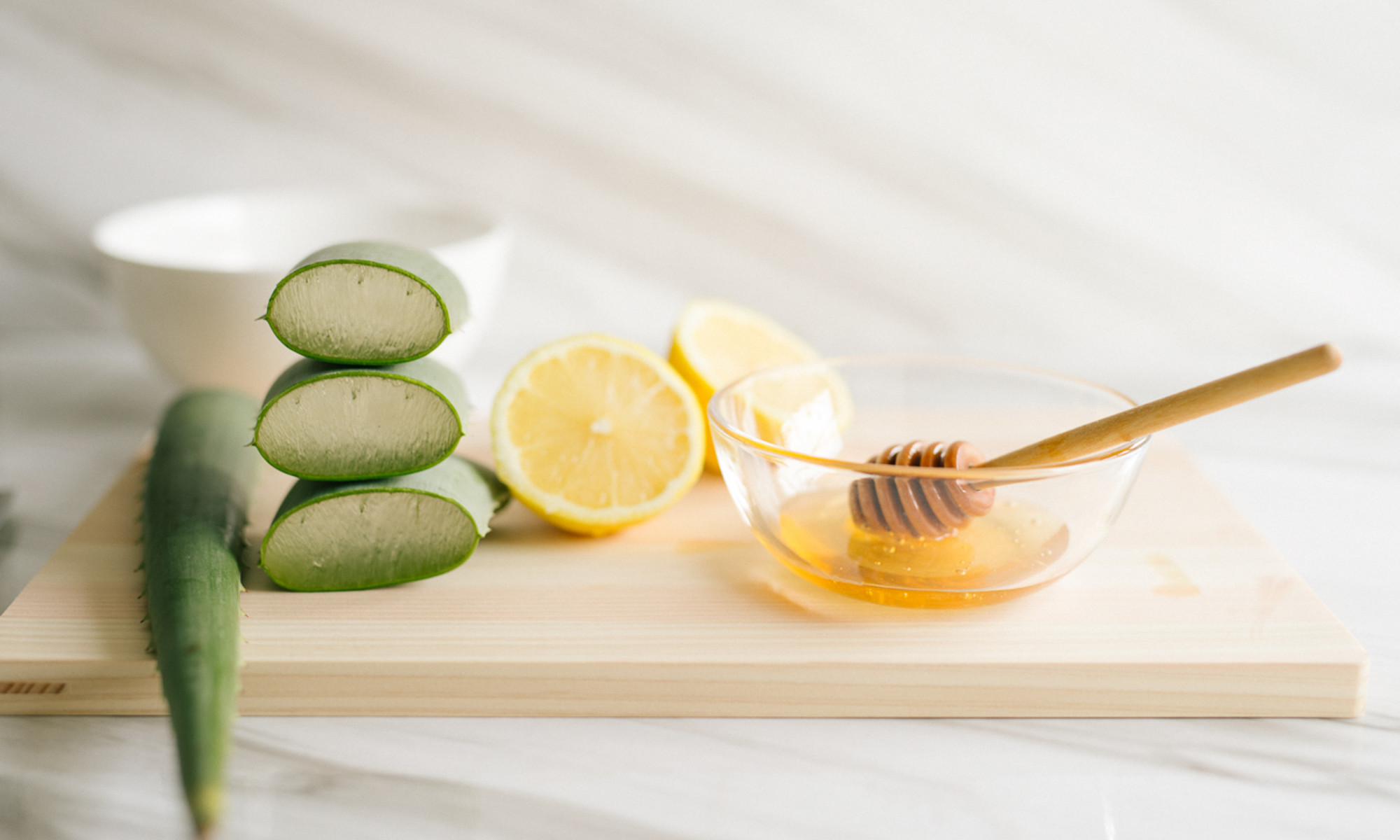
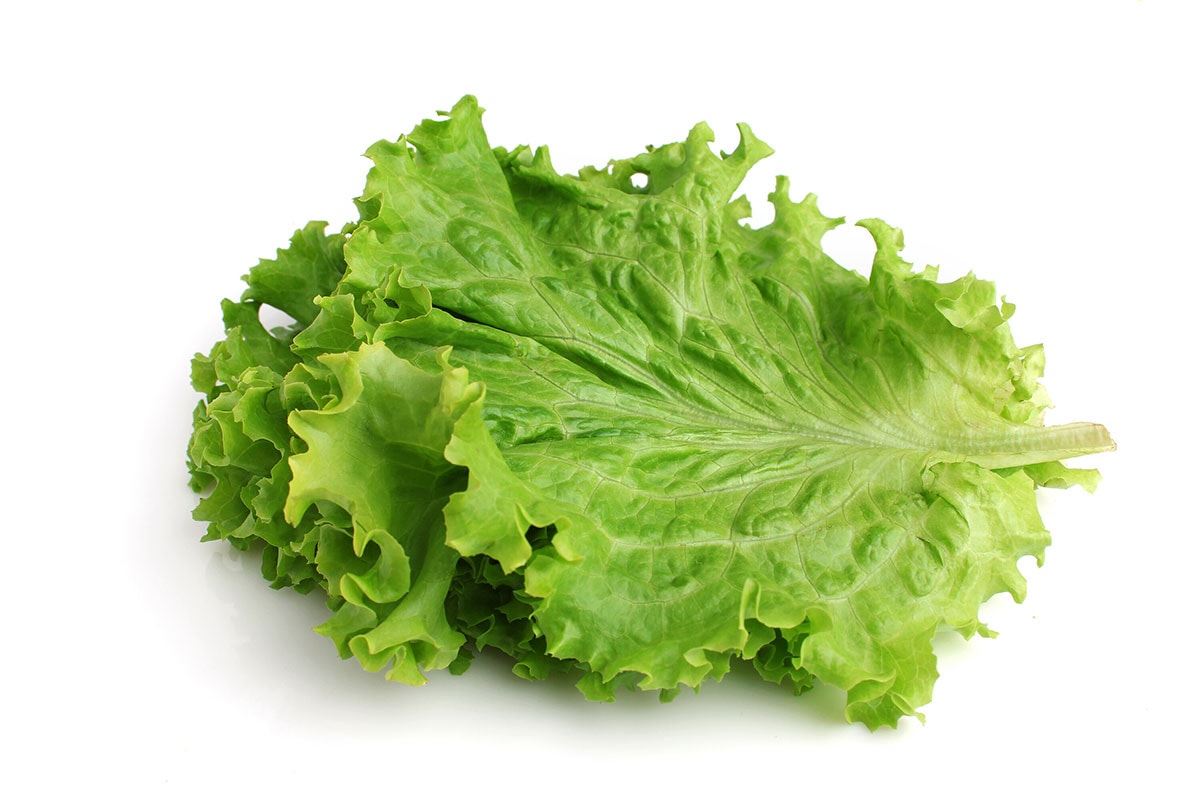
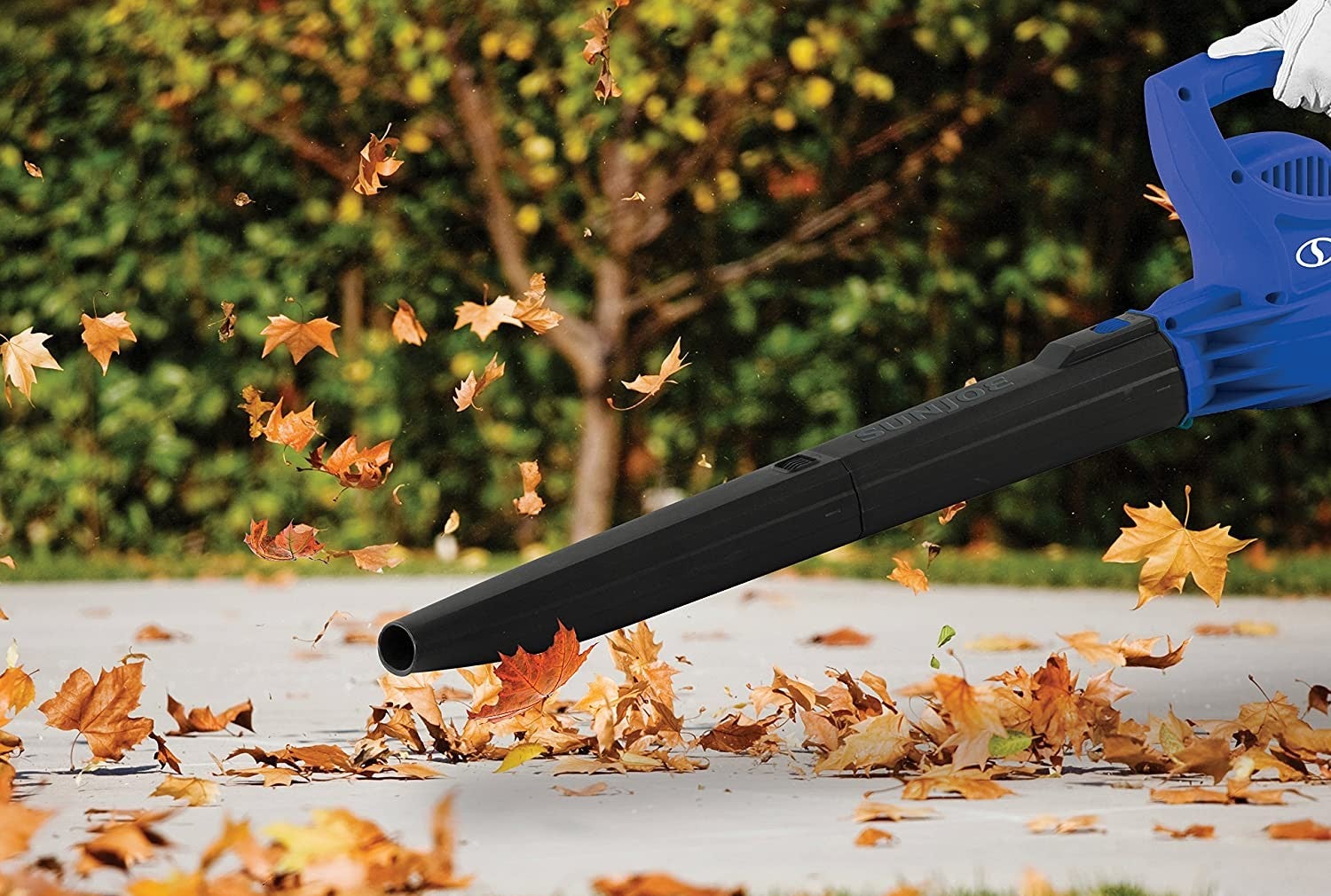

0 thoughts on “How To Store Flat Leaf Parsley”